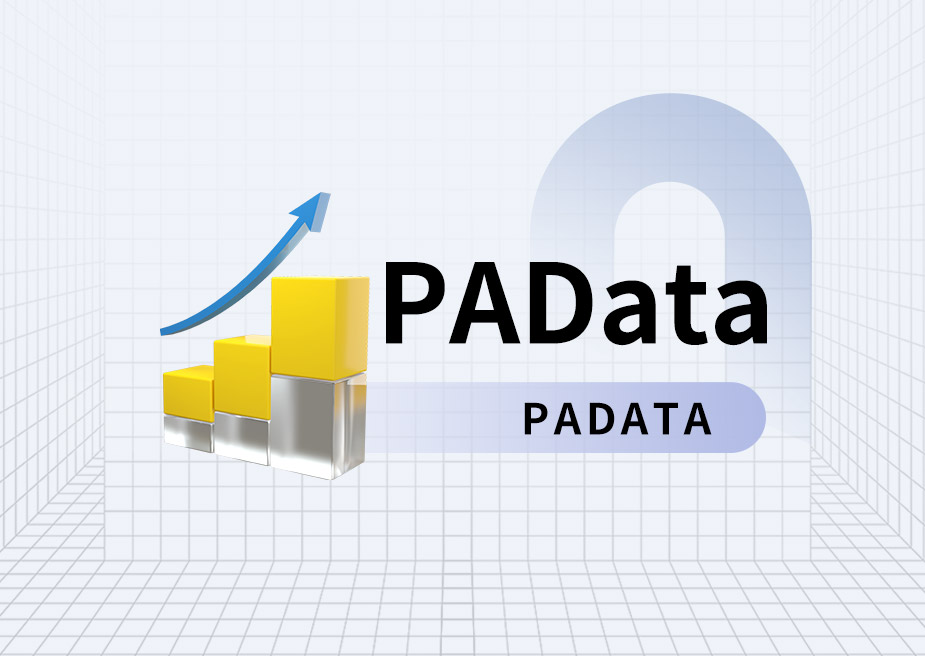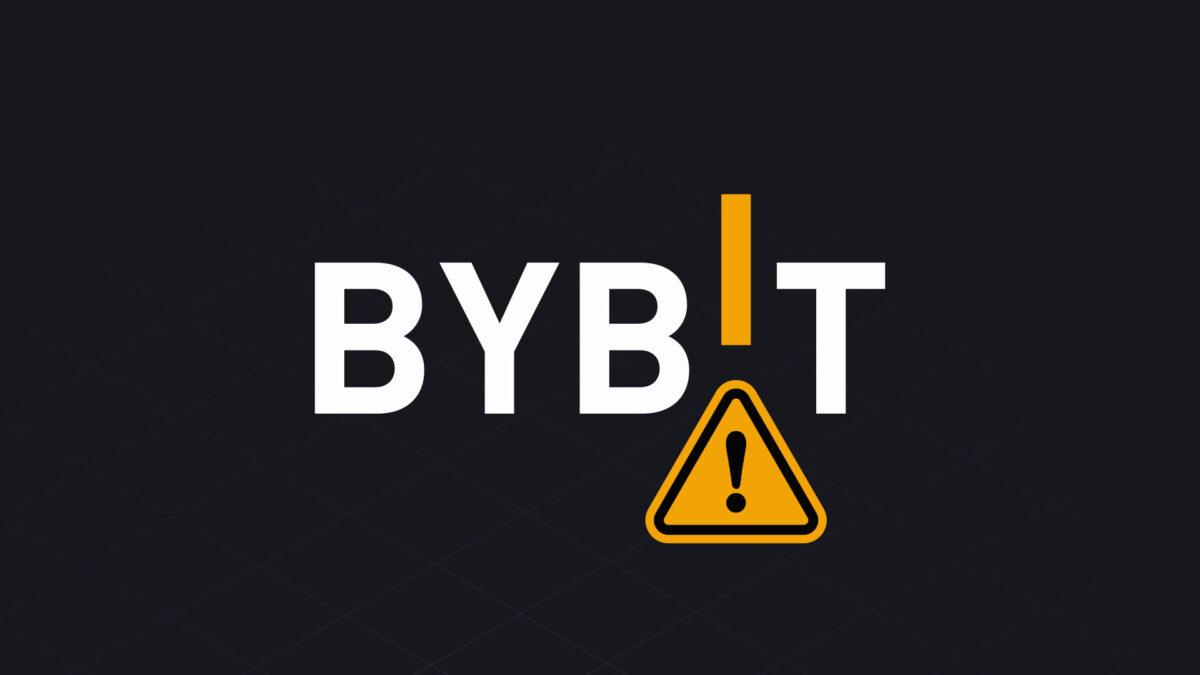Author:Haotian
A brief explanation of the news about @RobinhoodApp’s plan to build layer2 on Arbitrum:
1) From a technical perspective, Robinhood’s choice to support Arbitrum’s Nitro is no different from Coinbase’s choice to support Optimism’s OP Stack technology stack. However, Base’s performance has proven a rule: the success of a technology stack does not equal the success of the parent chain.
The rise of Base is more the result of Coinbase's brand effect + compliance resources + user diversion, and to some extent it also provides certain guidance for Robinhood's residence in Arbitrum.
This means that in the short term, it cannot be proved that the price of $ARB is undervalued (compare it with the performance of $OP), but in the long term, once the "U.S. stock chain" scenario that Robinhood is targeting is successful, it may change the embarrassing situation of layer2 as an expansion solution of Ethereum layer1, which has "technology but no implementation", and will open up an unprecedented Mass Adoption path for both L1+L2 of the Ethereum ecosystem.
2) Coinbase’s layer2 solution is more of a general layer2 solution, mainly following the past transaction-oriented scenarios such as DeFi, GameFi, and MEME. However, Robinhood may be different this time and will go in the direction of professional layer2, specifically customizing a set of on-chain infrastructure that matches the traditional financial chain?
Although the transaction confirmation time of OP-Rollup can also be achieved in sub-seconds, the security of such transactions is still within the scope of the optimistic Rollup with 7-day fraud verification. Robinhood’s new layer2 needs to handle features such as T+0 stock settlement, real-time risk control, and compliance requirements. It may require deep customization of the layer2 virtual machine level, consensus mechanism, and data structure to fully squeeze the potential of the Layer2 expansion solution.
3) Arbitrum's technical solution is more mature than Optmism: Nitro's WASM architecture has higher execution efficiency and has a natural advantage in processing complex financial calculations; Stylus supports multi-language development of high-performance contracts and can carry some heavy computing tasks in traditional finance; BoLD solves malicious delay attacks and consolidates the security of optimistic verification; Orbit supports customized Layer3 deployment and provides sufficient flexibility in development features.
You see, there must be a reason why Arbitrum was chosen. Its technical advantages seem to meet the stringent "customization" requirements of traditional finance for infrastructure, unlike OP Stack, which only needs to run. This is also very Make Sense. After all, in the face of the ultimate challenge of carrying trillion-level TradFi business, the maturity and specialization of technology will determine success or failure.
4) The listing of U.S. stocks on the blockchain and the coin-to-stock exchanges are no longer the "coin issuance narrative and game" commonly used in the traditional cryptocurrency circle. They are facing not only "speculative users" who are just speculating on cryptocurrencies without caring whether the project products are delivered or whether the experience is smooth. Once the network has gas fluctuations and causes congestion, and there are transaction delays, etc., it is absolutely intolerable for users who are familiar with the traditional financial product line.
These traditional financial users are familiar with millisecond-level responses, 24/7 uninterrupted services, and T+0 seamless settlement. More importantly, they are often backed by institutional funds, algorithmic trading, and high-frequency strategies, which have abnormal requirements for system stability and performance. This means that the user groups that Robinhood layer2 will serve will be completely different, and the challenges are very arduous.
above.
In short, Robinhood's layout of layer 2 will be of great significance. It is no longer as simple as adding a new player to the layer 2 technology stack, but a hard-core experiment to verify whether the Crypto infrastructure can undertake the core business of the modern financial system.
Once the experiment is successful, the digital reconstruction of the entire trillion-level TradFi market, including bonds, futures, insurance, and real estate, will be accelerated. Of course, in the long run, it will have a direct benefit to the application scenarios of the entire Ethereum L1+L2 ecological technology facilities, and will also redefine the value capture logic of Layer2.







